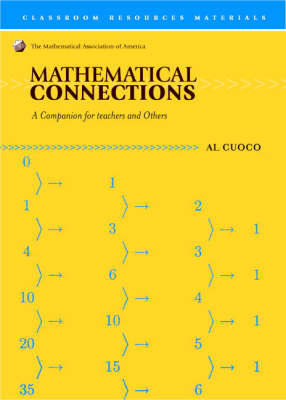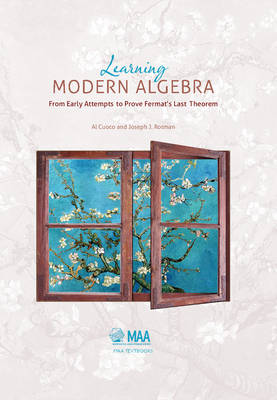Mathematical Association of America Textbooks
2 total works
This book is about some of the topics that form the foundations for high school mathematics. It focuses on a closely-knit collection of ideas that are at the intersection of algebra, arithmetic, combinatorics, geometry, and calculus. Most of the ideas are classical: methods for fitting polynomial functions to data, for summing powers of integers, for visualizing the iterates of a function defined on the complex plane, or for obtaining identities among entries in Pascal's triangle. Some of these ideas, previously considered quite advanced, have become tractable because of advances in computational technology. Others are just beautiful classical mathematics, topics that have fallen out of fashion and that deserve to be resurrected. Most importantly, the book is about some mathematical ways of thinking the author found extremely useful, both in his roles as a mathematician and as a mentor of young people learning to do mathematics.
Much of modern algebra arose from attempts to prove Fermat's Last Theorem, which in turn has its roots in Diophantus' classification of Pythagorean triples. This book, designed for prospective and practising mathematics teachers, makes explicit connections between the ideas of abstract algebra and the mathematics taught at high-school level. Algebraic concepts are presented in historical order, and the book also demonstrates how other important themes in algebra arose from questions related to teaching. The focus is on number theory, polynomials, and commutative rings. Group theory is introduced near the end of the text to explain why generalisations of the quadratic formula do not exist for polynomials of high degree, allowing the reader to appreciate the work of Galois and Abel. Results are motivated with specific examples, and applications range from the theory of repeating decimals to the use of imaginary quadratic fields to construct problems with rational solutions.

